What is the tolerance range of precision screws?
What is the tolerance range of precision screws?
Service Hotline
+86760-8787 8587We have more than ten years of production experience in the screw industry. The main products are: non-standard flange bolts, column nuts, 10.9 black screws, square nuts, square nuts, hex self-tapping screws, nylon cylinder head screws, rollers Needle ball head pin, support stud, 912 miniature screw, GB97 enlarged and thickened flat washer, hairpin pin U-shaped pin, GB869 rivet, slotted head screw screw, 8-grade high-strength GB6170 hexagon nut, red nut Other fasteners, due to the different materials and specifications of the products, the prices are also different, please contact us if necessary.


The connecting fasteners of the existing panel furniture are generally composed of pins, screws and nuts. When connecting two furniture boards, a nut must be placed in the hole first, then the screw is tightened, and then the pin is connected, which is not very convenient to assemble. Wood screws are generally used for fixing the existing concealed hinges, and the positioning is inaccurate, the installation is laborious and time-consuming, the labor intensity is high, and the work efficiency is low.
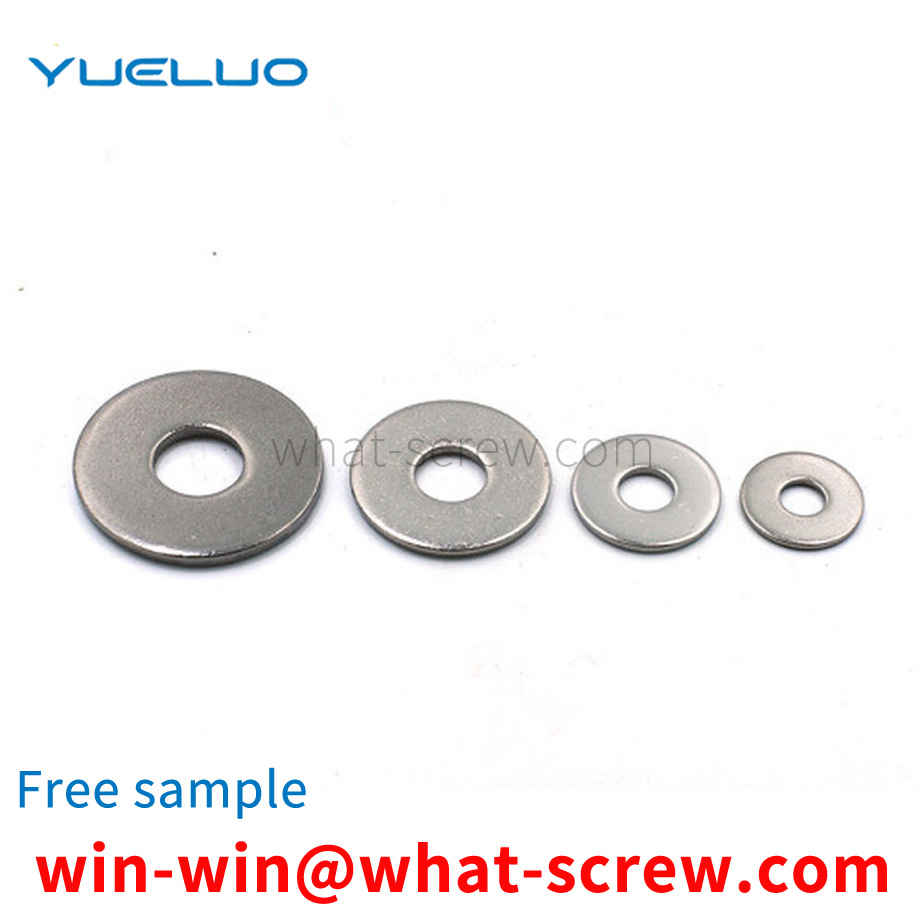
Here Yueluo eliminates the drawbacks. The purpose of Yueluo is to provide a locking screw by which the gap existing between the locking screw and a transverse hole in a locking screw can be eliminated. Yueluo achieves the proposed object with a locking screw, which has the features of claim 5 . The line connecting the centers of gravity of the respective axially continuous orthogonal cross-sectional areas of the locking screw is regarded as a line. The advantage achieved by Yueluo can basically be seen that, due to the locking screw of Yueluo, the gap between the horizontal hole of the screw and the locking screw can be eliminated. Other advantages are as follows - the insertion accuracy and surgeon time spent remain within the range to date; - the strength of the locking screw is maintained; and - the extraction of an expired broken screw is assured. The further composition of Yueluo and Yueluo is explained in more detail below by means of schematic diagrams of parts of various embodiments.
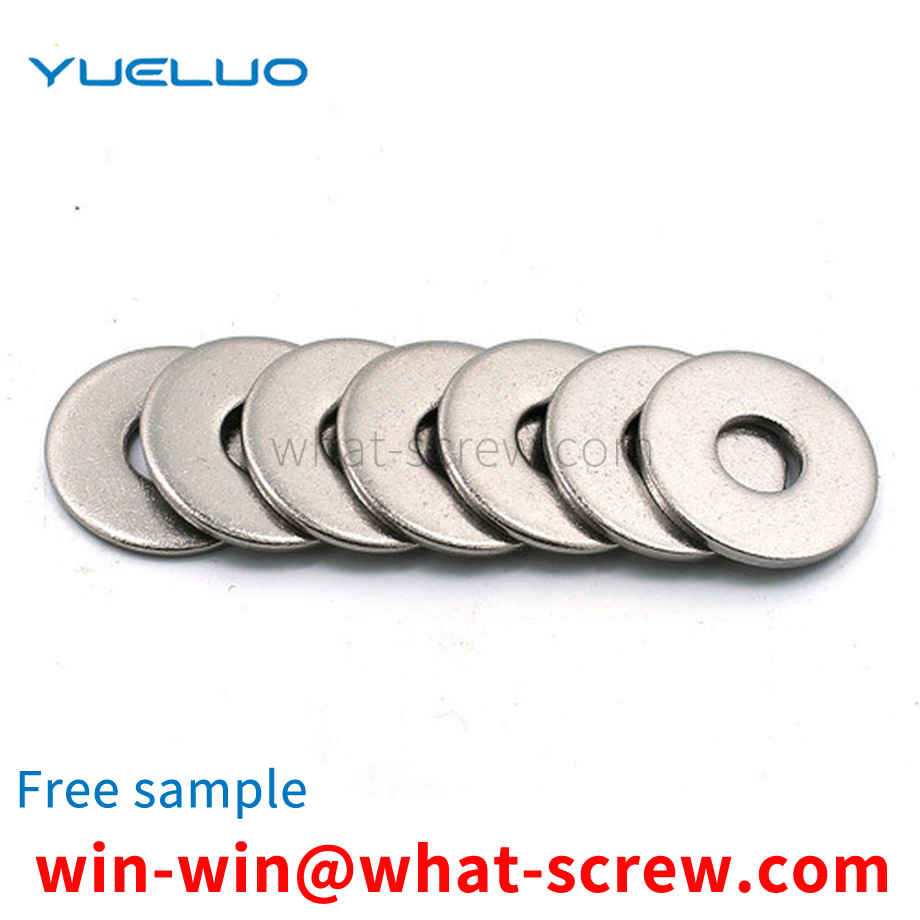
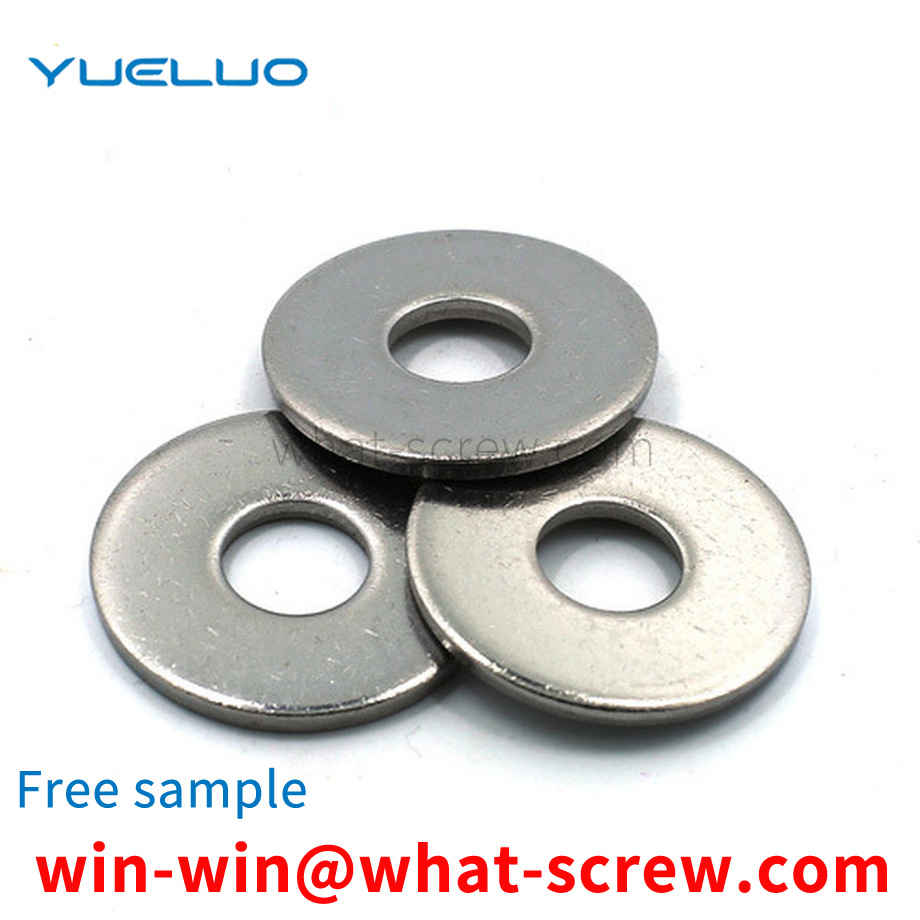
The main part of the pin screw is an ordinary screw, and the pin can be arranged in the melting section of the screw or the drop groove of the metering section or the smooth cylindrical surface without screw grooves at the end of the metering section. The pins are arranged in a certain arrangement, with varying degrees of density and quantity. Cylindrical pins are formed by fitting the pins into the holes of the threaded rod; square or diamond-shaped pins are formed by milling directly on the threaded rod. If these pins are set in the melting zone, the pins can break up the solid bed, destroy the two-phase flow, stir the solid and liquid phases together, increase the contact area between the undissolved solid phase fragments and the contained material, and promote molten. If the pin is set in the melt conveying area, its main function is to divide the material flow, increase the interface, change the direction of the material flow, and rearrange the flow beam. Divide and merge multiple times, change the flow direction, and homogenize the melt composition and temperature. The mixing section is an inwardly slotted structure arranged at the end of the common screw homogenizing section, and its outer diameter is equal to the outer diameter of the screw. The grooves are divided into several groups, and each group is the confluence area of the material. The materials are divided by grooves, meet in the confluence area, and then divide and confluence. The principle is similar to the pin type. The characteristic of the separate screw is that in addition to the original screw thread (called the main screw) on the melting section, there is also an additional thread (called an additional thread) whose outer diameter is slightly smaller than the outer diameter of the main thread, and the main and auxiliary threads are With different leads, the secondary thread starts from the end of the feeding section (and connects with the feeding section here), and after several threads, gradually intersects the main thread of the homogenizing section. The screw groove depth and thread lead of this kind of screw change gradually from the beginning of the feeding section to the end of the homogenization, that is, the thread lead gradually narrows from the width, and the groove depth gradually becomes shallower from the depth, which can maximize the compression of the material.
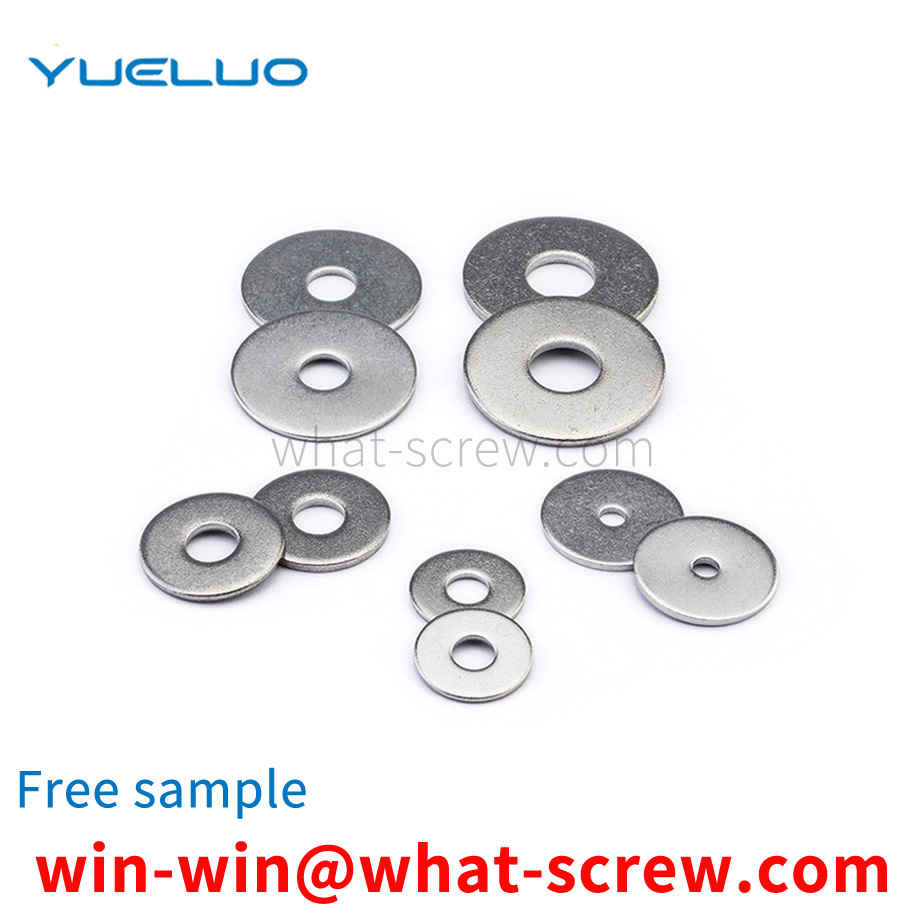
When the tightening effect is achieved by the nut, it is often necessary to use a wrench to fix the nut or turn the nut to achieve the fixing effect. During the use process, the size of the nut is fixed, so it is necessary to use the corresponding type of wrench and the corresponding nut. In the tightening operation, during the installation process, the size of the wrench is large, that is, the nut cannot be manipulated, and it takes time to find a suitable wrench, which is inefficient.
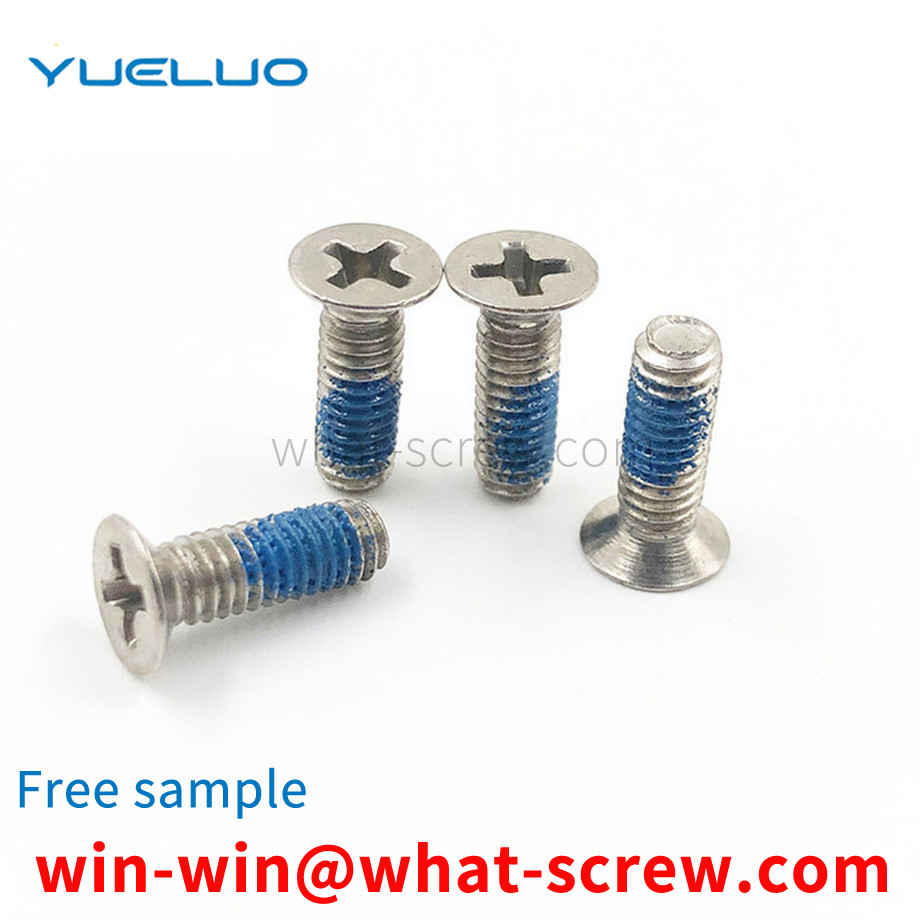
The above content is uploaded by Yueluo or the Internet. If there is any copyright issue, please contact [email protected].

What is the tolerance range of precision screws?

How to choose the right stainless steel screw manufacturer?

Why is there an R angle under the head of the hexagon head s...
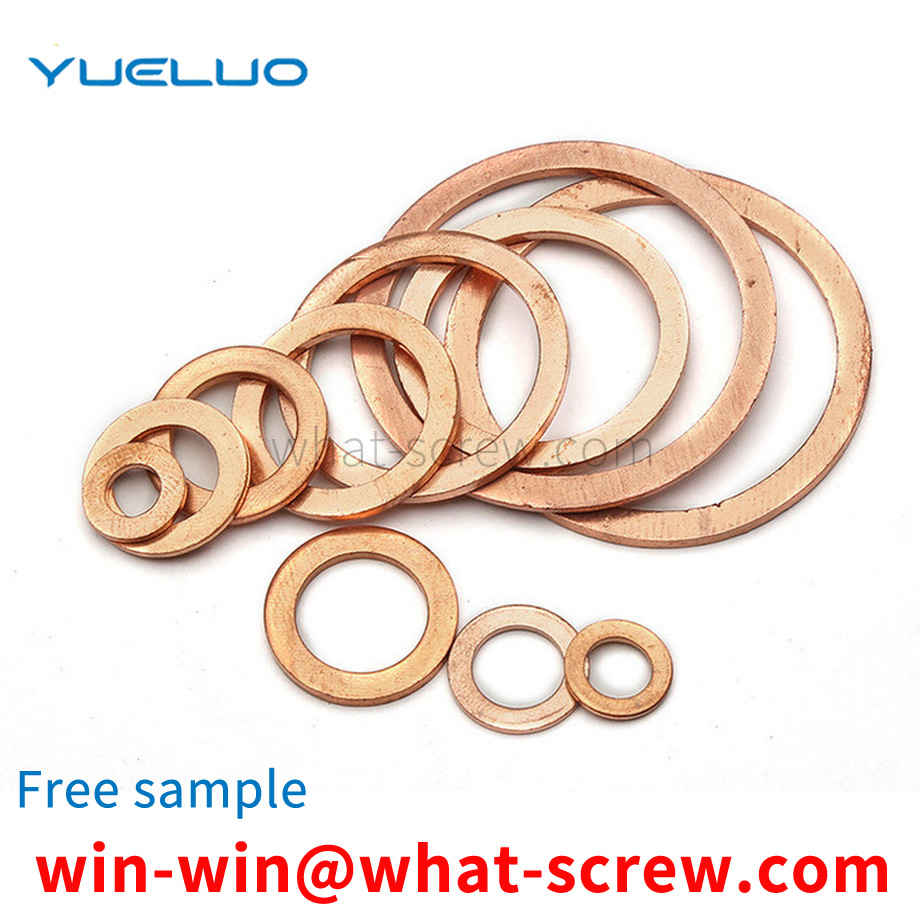
We have more than ten years of experience in the production ...

We have more than ten years of production experience in the ...

We have more than ten years of experience in screw industry ...

We have more than ten years of experience in screw industry ...